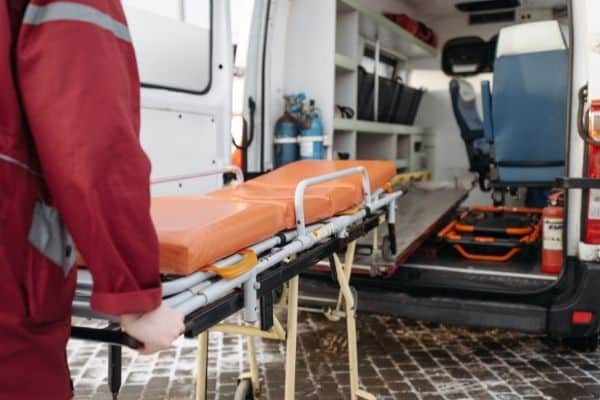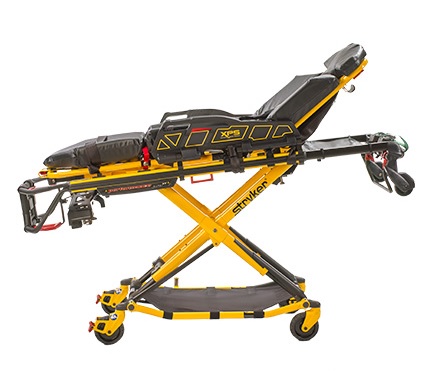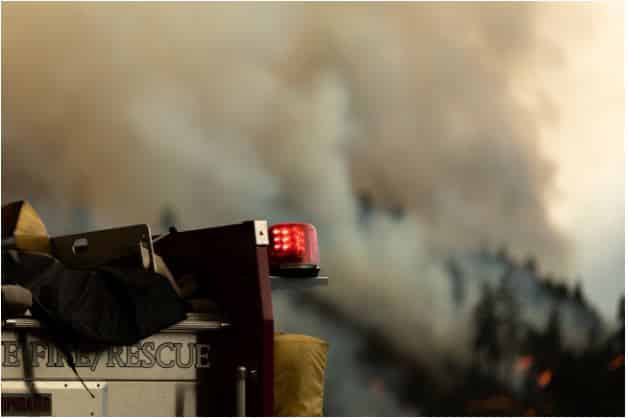
6 Tips for Using a Medical Stretcher
Medical stretchers have come a long way since their creation. You may have heard them referred to as litters or gurneys in old TV shows and movies. Older style litters didn’t have suspension systems or rollers and did not help support the weight of the patient. Litters simply had handles, which meant medical professionals had to pick up and carry the weight of a patient. Modern day medical stretchers take up more space because of improvements in design and allow EMS professionals to transport a patient quicker with less physical effort.
As with any piece of medical equipment, there are safety precautions that should be followed.
- Perform Preventative Maintenance – Inspecting a stretcher can prevent malfunctions, such as it rolling out from under the patient or collapsing underneath the patient. The wheels should be inspected to make sure all bolts are tight and secure in addition to checking for damage. The legs should lock in place when the stretcher is elevated and the brakes should hold the stretcher still and steady. Faulty stretchers can cause harm to paramedics and patients.
- Use the Stretcher with the Correct Weight Capacity – Stretchers need to be able to support the weight of the patient as well as necessary medical equipment so it’s important to choose the correct stretcher for the situation.
- Use the Stretcher on Appropriate Terrain – The safest place to use a stretcher with wheels is on flat, level ground. Trying to use a stretcher over rocks, gravel, and uneven ground can result in injury to the patient and the medics.
- Practice Teamwork – Regardless of the patient’s position, he or she will still have to be lifted or transferred onto the stretcher. Use proper lifting techniques to move the patient with as little risk of injury to the patient and the medical personnel as possible.
- Lock the Stretcher Into Place – Once the stretcher has been placed inside the ambulance, it’s important to secure it in place so that paramedics can perform the necessary services without worrying about the stretcher moving during the transportation process.
- Never Let Go of the Handles Until the Transfer Is Complete – Make sure you or another medical professional maintain control of the stretcher until it is handed off to other staff members or until it is locked into place.
These EMS tips combined with proper training allow paramedics to provide safe, complete, and quick emergency medical care. You can see different models of medical stretchers and learn more about them at Coast Biomedical Equipment.





